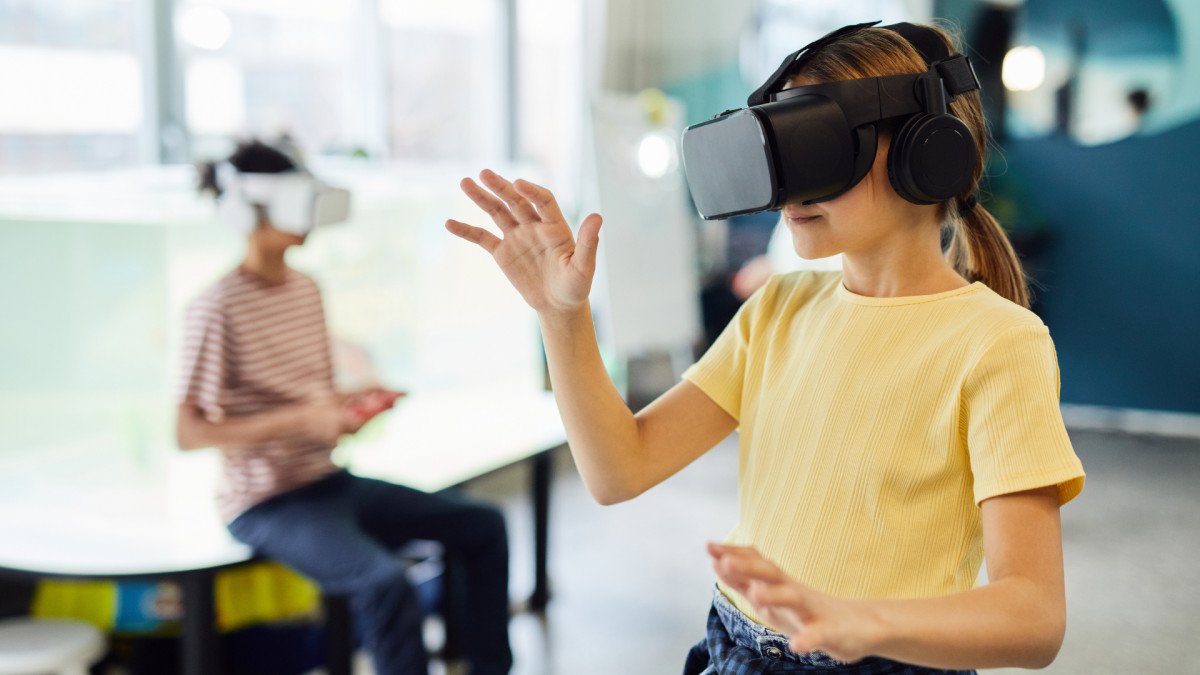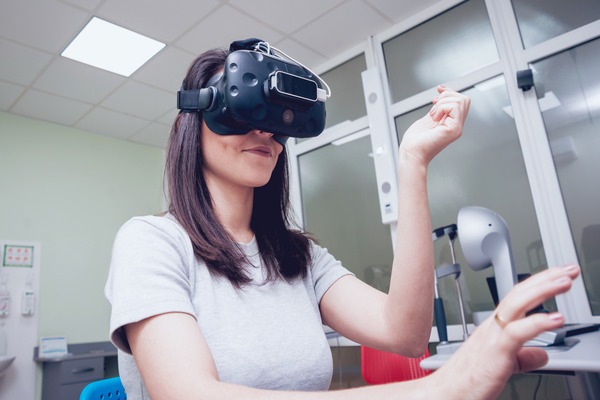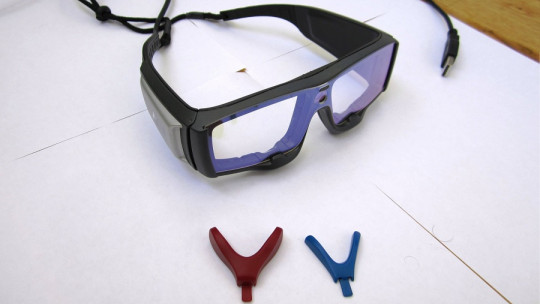
Virtual reality has emerged in recent years as a powerful tool with the potential to revolutionize numerous aspects of our lives. Thus, numerous studies are being developed to understand the important usefulness it can have in the well-being sector, more specifically, in psychology and its therapeutic applications.
Conceptually, virtual reality is defined as an immersive technology that generates simulated environments. Generally through the use of virtual reality glasses, people are transported to virtual places that are the source of a variety of psychophysiological, cognitive and emotional responses. Thus, in the field of psychology and health, there is the possibility of introducing users and patients to novel environments for therapeutic practice that can be very beneficial.
In this article, We will understand the impact of virtual reality and how it can revolutionize the world of well-being and psychotherapeutic intervention. Thus, we will explore both the opportunities that it generates and the challenges that virtual reality can face in the field of psychology.
Virtual Reality Basics
Virtual reality (VR) is a technology that immerses users in simulated environments, generating sensory experiences that can be similar or completely different from physical reality. Although the concept of virtual reality has been around for decades, its practical application has become more accessible and sophisticated with recent technological advances.
At its most basic form, a virtual reality system consists of hardware and software designed to create an immersive experience. The hardware typically includes a virtual reality headset or glasses, motion controllers, and sensors to track the user’s movement. These devices are connected to a powerful computer or game console running VR software.
Virtual reality software creates and controls virtual environments, including graphics, sound, and interactivity. Uses techniques such as 3D rendering, physics simulation and augmented reality to deliver a compelling experience. Virtual environments can be detailed recreations of real places, imaginary worlds, or simulations specifically designed for therapeutic purposes.
The main characteristic of virtual reality is its ability to transport users to alternative worlds, where they can interact with virtual objects and people in an immersive way. This is achieved by synchronizing the user’s movements with the sight and sound generated by the VR system, creating the illusion of being present in the virtual environment.
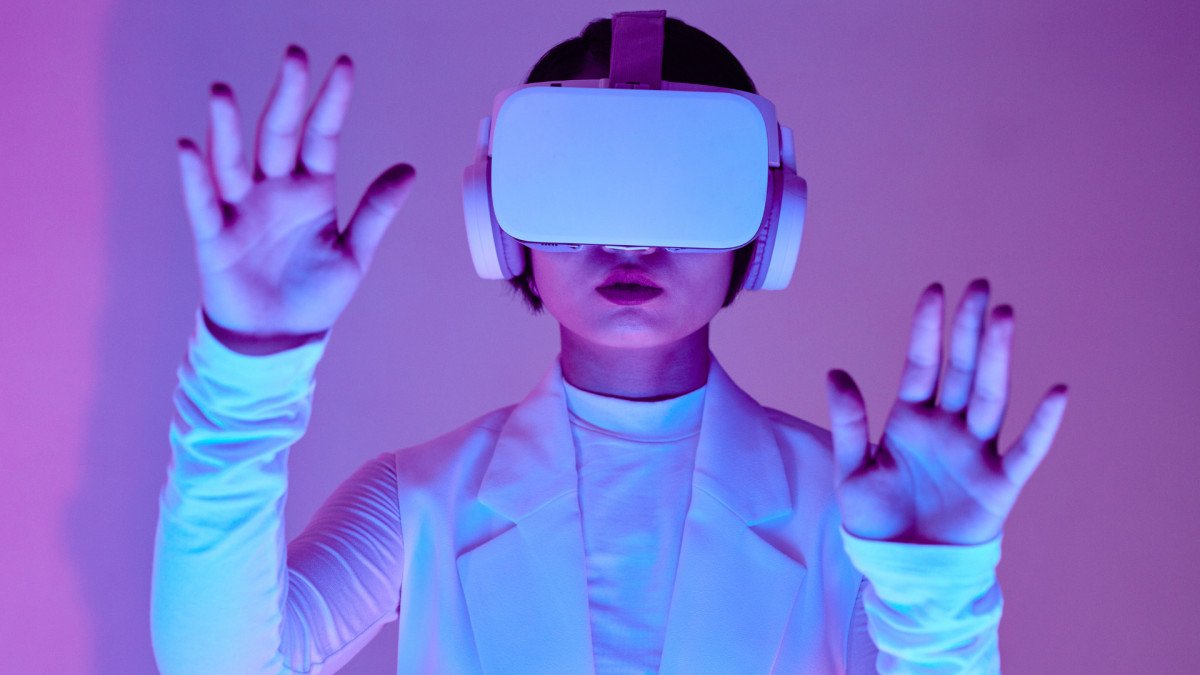
Virtual reality applications in psychology
Throughout this section, we will understand some concrete examples whereby virtual reality is being used in psychology or is being studied for further uses and utilities. It is important to value new technologies and their potential to have a direct impact on our well-being and daily life, mainly for those people who experience emotional disorders or neurodivergences.
1. Virtual exposure therapy
In virtual exposure therapy, patients are exposed to situations or stimuli that trigger anxiety or fear in a controlled virtual environment. For example, someone with a phobia of flying might experience a simulated flight. Gradual and repeated exposure helps desensitize the patient, reducing their anxiety response.
This technique is effective in treating a variety of disorders, including specific phobias, post-traumatic stress disorder (PTSD), and anxiety disorders. Virtual reality provides a safe, controlled environment to confront fears without risks associated with real-world exposure.
2. Neuropsychological rehabilitation
Virtual reality is used in neuropsychological rehabilitation to help patients with brain injuries or strokes recover cognitive and motor functions. Through personalized programs, users participate in activities designed to improve memory, attention, coordination and other affected skills.
The interactivity and immediate feedback of virtual reality make the rehabilitation process more attractive and effective. Virtual environments offer realistic and adjustable simulations, adapting to the specific needs of each patient to optimize their recovery.
3. Social skills training
Virtual reality has also been used for social skills training, offering interactive environments in which patients can practice social interactions. It is especially beneficial for people with autism spectrum disorders or other social challenges.
Virtual reality programs provide realistic scenarios where users can practice skills such as communication, empathy, and conflict resolution in a safe, controlled environment. Instant feedback and repetition allow individuals to improve their social skills gradually and without external pressure, facilitating a smoother transition to real social situations.
4. Treatment of eating disorders
Currently, virtual reality is being studied as a complementary tool in the treatment of eating disorders such as anorexia and bulimia. Virtual reality programs create simulated food-related environments where patients can practice strategies to manage anxiety and improve their perception of body image.
By exposing themselves to triggering situations in a controlled manner, patients can learn to face and overcome their fears in a safe and risk-free environment. This therapy offers an additional option to address the emotional and cognitive aspects of eating disorders.
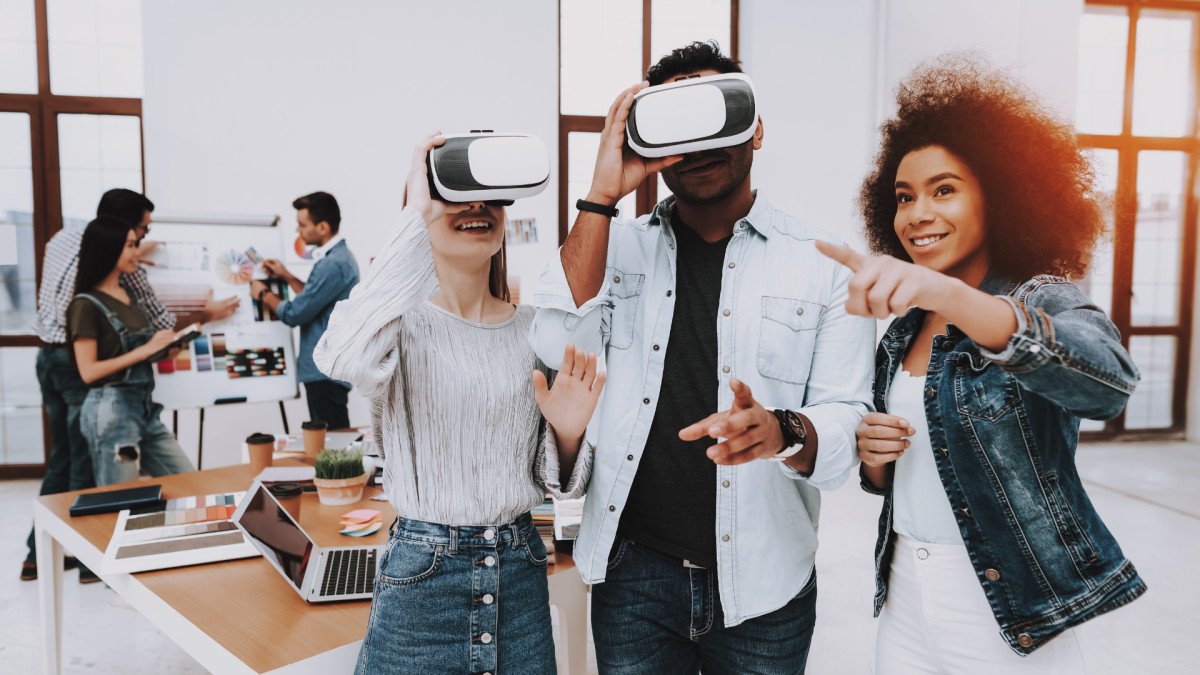
5. Pain control
Virtual reality is used as a distraction technique in pain control during painful or chronic medical procedures. By immersing themselves in pleasant and immersive virtual environments, patients experience a significant reduction in pain perception.
This distraction diverts the brain’s attention away from painful sensations, which can decrease the intensity of perceived pain. Virtual environments can include relaxing landscapes, recreational activities, or pleasurable multisensory experiences, providing patients with temporary relief and a sense of well-being during medical treatment.
6. Psychological research
In recent years, virtual reality has become an invaluable tool for research by providing controlled, reproducible environments to study human behavior. Researchers can design experiments that involve social interactions, exposures to emotional stimuli, or simulations of specific environments. Virtual reality allows you to manipulate variables precisely and measure participants’ responses objectively. This makes it easier to conduct ethical studies and obtain more accurate data on cognition, emotion, and behavior, contributing to the advancement of knowledge in fields such as social, cognitive, and clinical psychology.
Advantages of virtual reality in psychology
Virtual reality offers a series of significant advantages in the field of psychology, expanding therapeutic and research possibilities significantly. Next, we will discuss some of these main advantages of virtual reality applied to psychology.
1. Novel emotional exploration
First of all, The immersion provided by virtual reality allows patients to experience environments and situations in a completely new way which makes it easier to explore emotions and challenges in a safe and controlled way.
2. Adaptation of therapeutic experiences
Additionally, the personalization of virtual environments allows therapeutic experiences to be adapted to the individual needs of each patient, resulting in more effective and client-centered treatment.
3. Complete stimulation control
Another key advantage is complete control over the stimuli and situations presented in the virtual environment, which facilitates gradual and repeated exposure in exposure therapy to treat phobias and anxiety disorders.
4. Risk-free environment
Additionally, virtual reality offers a risk-free environment to practice social and emotional skills, allowing patients to experience and learn from difficult social situations without fear of judgment or shame.
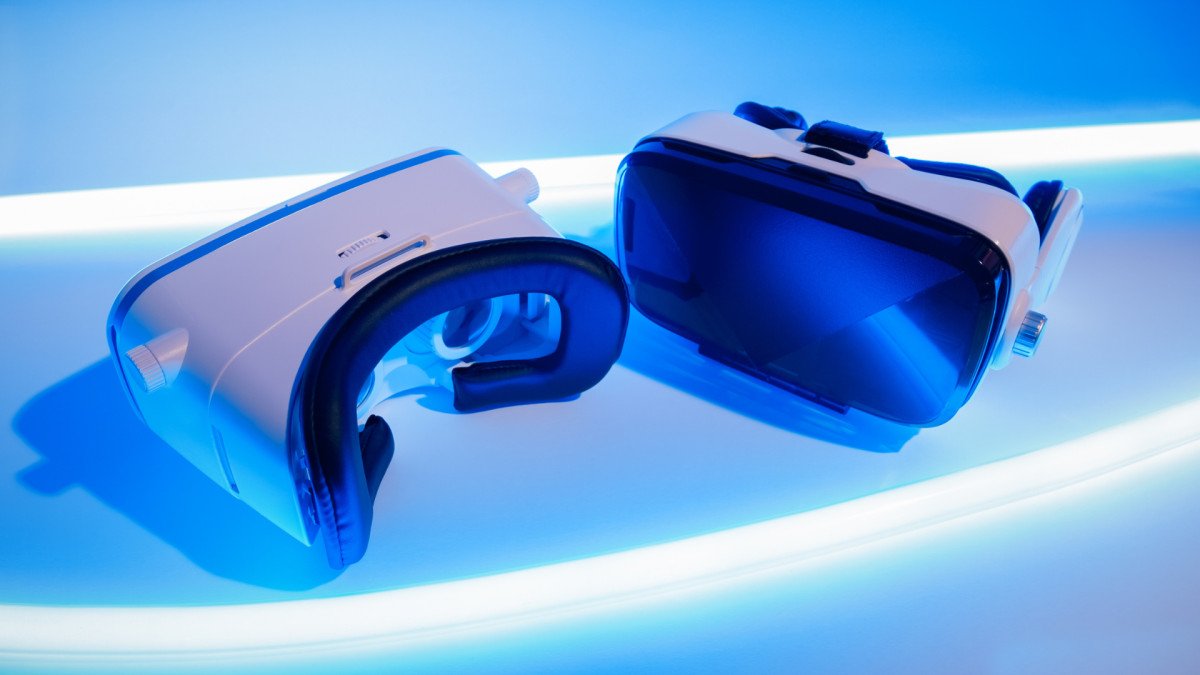
Challenges of virtual reality in psychology
Despite its numerous advantages, virtual reality in psychology also faces several important challenges that must be addressed to maximize its effectiveness and accessibility.
1. High economic costs
One of the main challenges is the cost associated with virtual reality technology, including hardware devices and custom software development. This cost may limit access to virtual reality therapy for some patients and mental health professionals.
2. Technological complexity
Furthermore, the technical complexity of virtual reality can be an obstacle to its effective implementation and use in clinical settings. Specialized training is required to operate and maintain virtual reality systems, which can be a challenge for some mental health service providers.
3. Need for more scientific evidence
Another important challenge is the need for solid scientific evidence supporting the effectiveness of virtual reality in the treatment of different psychological disorders. Although there is a growing amount of research supporting its usefulness in certain areas, more randomized, controlled studies are needed to confirm its effectiveness and establish clear guidelines for its clinical application.
Conclusions
In conclusion, virtual reality offers vast potential in psychology, from therapy to research. Its ability to provide immersive, personalized and controlled environments has transformed the way we approach mental disorders and study human behavior. Although it faces challenges such as costs and scientific evidence, its positive impact on mental health is undeniable, promoting an exciting and promising future for its application in psychology.
